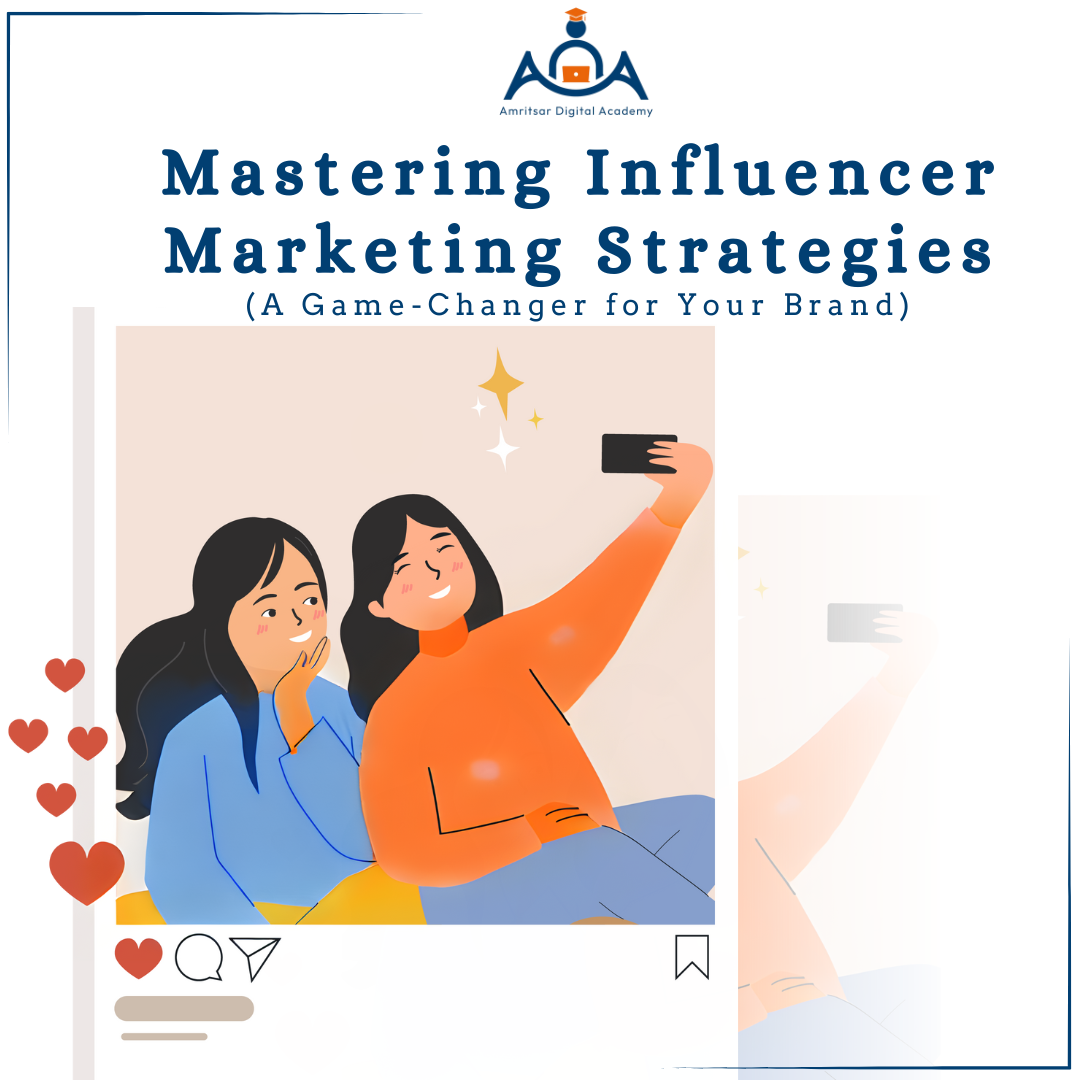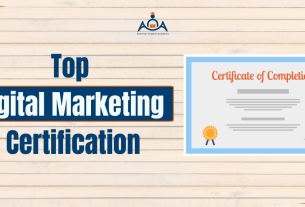The digital space today is popular with constant advertising and flashy content. People started focusing on the words and trust that influencers create. These digitally known faces have over time built an online reputation of a brand.
They have developed a relationship with the audience to deliver genuine recommendations on products and services of different brands. Thus, it results that influenced works as a tool for the brands.
These platforms have dominated the digital space so much that they now drive the notion of a global audience.
Brands understand these trends and the power they have. Thus, they have started adopting influencer marketing strategies to level up their game in the business market.
In this post, we will discuss in detail the different aspects of influencer marketing and how influencer partnerships have contributed to digital PR.
In addition, we will also understand the effective influencer marketing strategies a brand should incorporate to build a strong digital reputation.
What is Influencer Marketing?
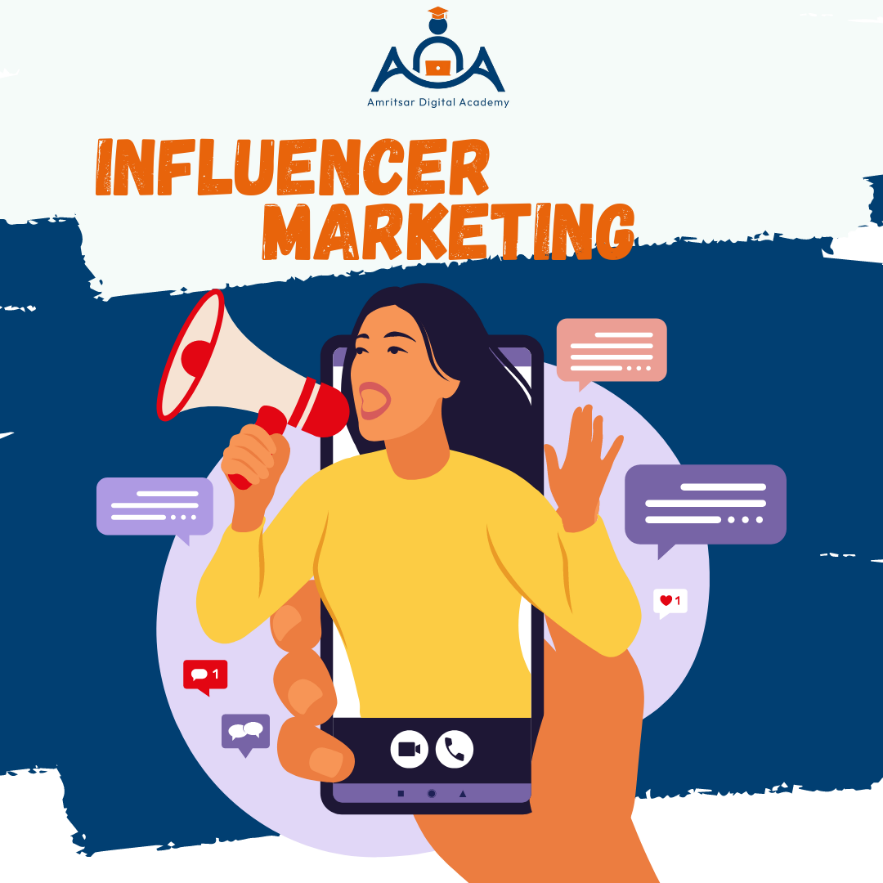
Influencer Marketing is a new trend in the marketing space where brands partner with social media influencers to promote their brands and products.
Brands leverage the trust and reach of these social media personalities to connect with the target audience.
Businesses can reach out to different types of influencers for their brand advocacy. and they are majorly categorized as mega-influencers, micro-influencers, macro-influencers, or nano-influencers
| Type of influencer | Follower Count | Target Audience | Benefit to the Brand |
| Mega or celebrity influencers | 1M+ followers | Wide audience across demographics. | High brand awareness, mass reach |
| Macro influencers | 100K–1M followers | Specific niche audience | Targeted influence within a niche |
| Micro-influencers | 10K–100K followers | Highly engaged, local communities | Deep audience connection and trust |
| Nano influencers | 1K–10K followers | Extremely specific niche or hyper-local communities | High engagement with ultra-high reach |
The Best Influencer Marketing Platforms
Instagram: As the growing platform for influencer marketing, it offers large groups of influencers across various niches and industries. Brands can collaborate with influencers directly or use Instagram’s tools for influencer campaigns.
YouTube: Another powerful platform for video influencer marketing, where creators with dedicated perform and promote products or services through sponsored videos, and product placements.
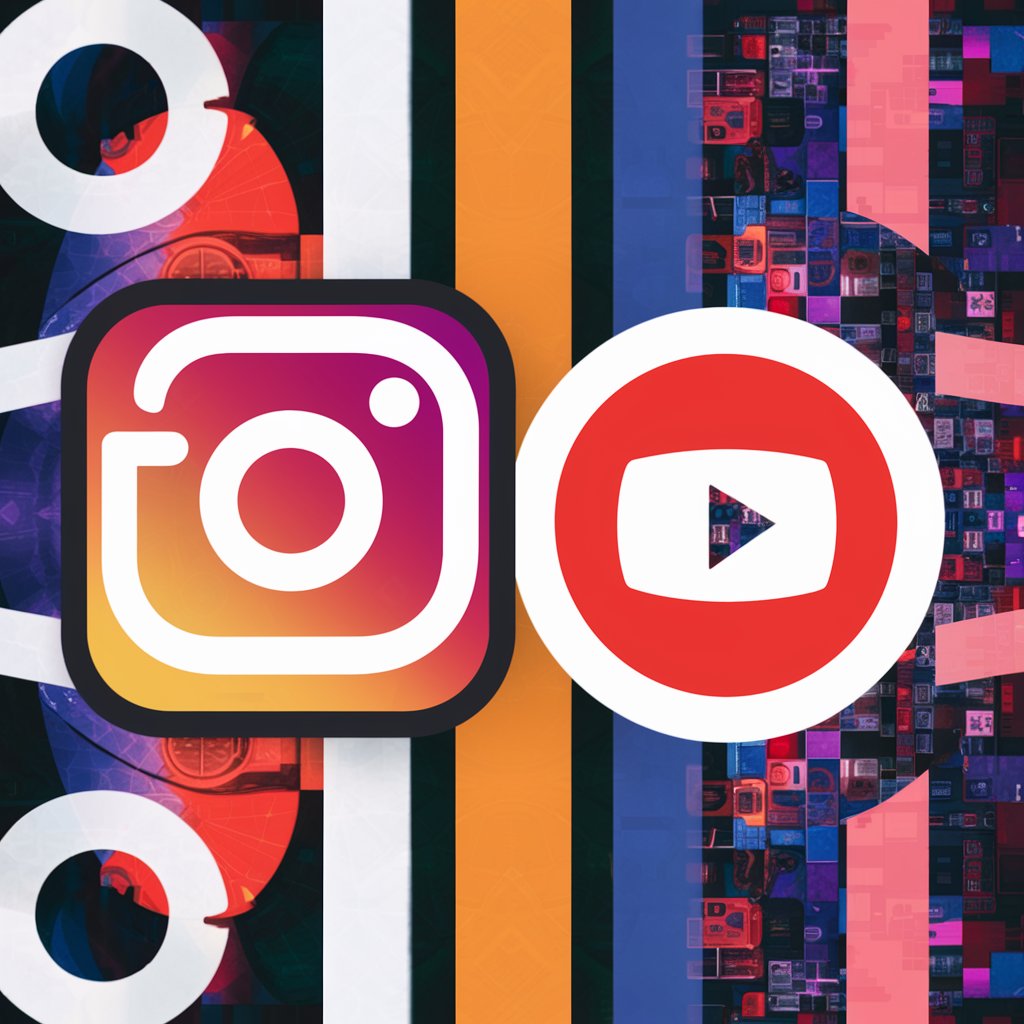
Blogs and Websites: Influencers with blogging can also be valuable partners for influencer marketing campaigns, particularly in the lifestyle, parenting, fashion, and travel niches.
Twitter, Facebook, and LinkedIn: As not as popular as Instagram or YouTube for influencer marketing, these platforms still offer opportunities for brand collaborations with influencers.
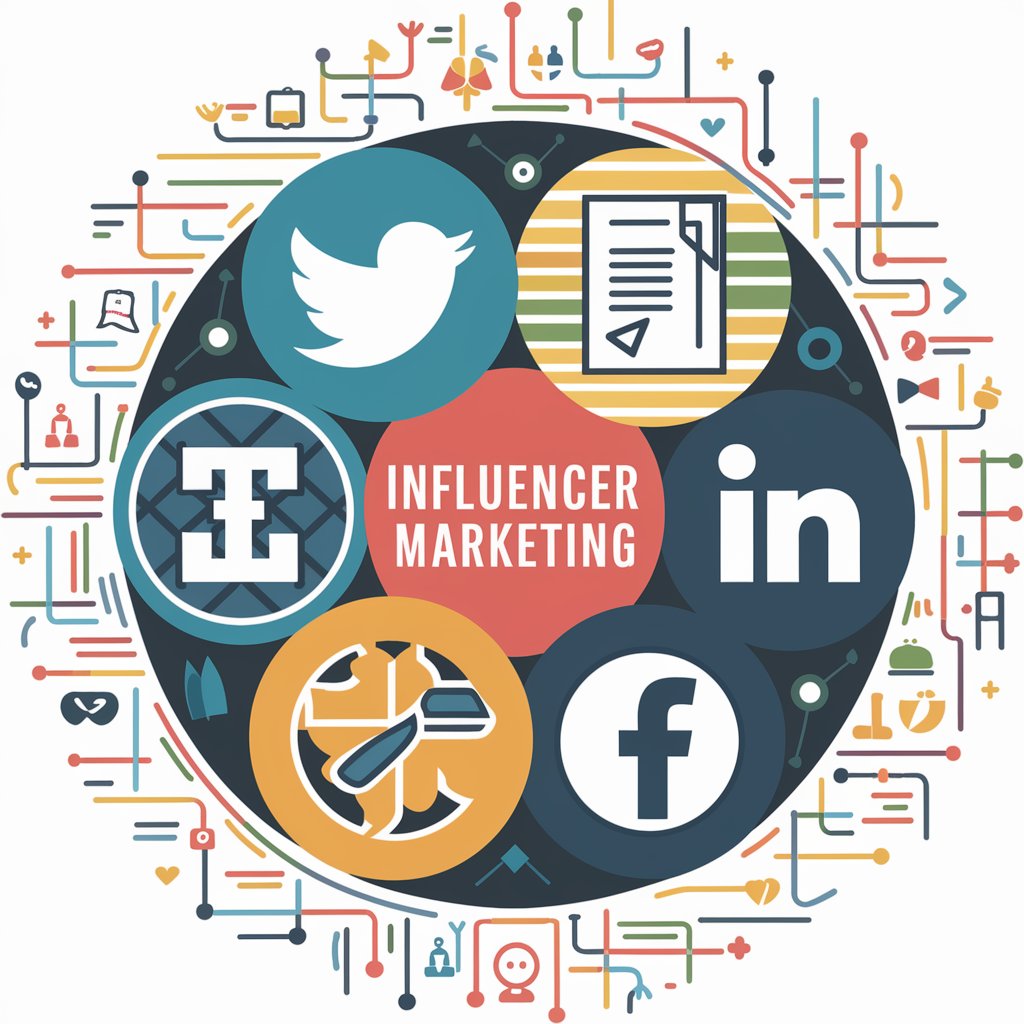
The Rise of Instagram Influencers Marketing
Instagram is now a popular platform for influencer marketing due to its highly visual works and engaged user base. This platform has made the ideal playground for influencers to showcase their lifestyles, product partnerships, and creative content.
Key factors have solidified Instagram’s position as a leader in influencer marketing
- Visual Content
- High Engagement
- Authenticity
- Continuous Platform Innovations
- Advanced Targeting Capabilities
Crafting an Effective Influencer Marketing Strategy
The essentials for creating an ultimate strategy aligned with the brand values and targeted audience are:
- Setting the Goals:
- The first step for any brand is to have a clear idea of what they want to achieve from the campaign.
- Is brand awareness the main goal, are you focusing on increasing brand visibility or the core concern is engagement?
- Defining clear and SMART goals is a must-do before collaborating with any Instagram influencer.
- Only when the brands have a clear picture of what they are fishing for, they can communicate it to the affiliated influencer.
- Identifying Target Audience:
- The next step in building a powerful influencer marketing strategy is to specify whom are you looking to influence.
- Are you looking to focus on youth, is it the females you are prioritizing, or are you targeting the aged men?
- Influencer Identification and Platform Finalization:
- The main step of the strategy is to finalize who can influence your targeted audience.
- The key factor in deciding the right influencer is identifying who can align with the brand goals. Deciding whether you are going to collaborate with which type of influencers.
- Trusting the influencer’s reach, authenticity, and command on the platform would be the correct approach to choosing the right influencer.
- Onboarding the Influencers and Aligning them with the brands:
- Post the finalization of the influencer, deciding on the KPIs (Key Performance Indicators) is the next step.
- Both the brand and the influencer need to agree on the deliverables.
- Is it going to be sponsored posts or some sort of giveaways or product reviews?
- What will be the compensation (barter system or payment in cash)
- What will be the campaign duration?
- Clarifying the non-negotiables of the brand along with its goal, mission, and vision is the key element to avoid last-time miscommunication.
- Content Creation and Engagement:
- This is the action step. It is time to get real and create content. The creativity of the influencer lies in how seamlessly the brand can be integrated into the content.
- In addition to the above, engaging with the audience and building awareness around the brand is an important deliverable.
- Leveraging the Art of Storytelling could be very helpful in creating more engagement.
- Measuring and Analysing Results:
- Tracking metrics (likes, social shares, conversions) and evaluating the return on investment is the final step of the campaign.
- Performing in-depth data analysis and evaluating brand success (making data-driven decisions) is a must-do for every brand
- In addition, brainstorming on strategies for how a long-term relationship could be built with the influencer, could pay well in the future.
- Preparing a Strategy Document:
- Create a document enlisting the outline of the plan and the approaches used during the campaign.
- The document will act as a catalyst to ensure the effective implementation of the marketing campaign.
- Henceforth, the document could also be used as a knowledge base and written evidence for future references.
Integrating Influencer Marketing with Social Media Marketing and Digital PR
Influencer marketing complements the overall brand marketing strategy differently and offers distinct advantages from other marketing strategies. This new venture of social media marketing offers a tool for the brands to build their value in the online market space and this is done by:
- We are building brand awareness across different demographics by collaborating with specialized influencers. This strategy thereby integrates with the core of Digital PR in the context of online reputation management.
- It is marketing high-quality content through leadership that showcases the brand’s expertise.
- Partnering with bloggers or Instagram influencers to secure product placement and brand mentions within their content.
- Initiating an environment of participation and engagement of audience on the social media platforms.
Many brands in India have jumped into this pool of online marketing and have built successful campaigns in partnership with social media influencers. A few examples of Indian brands with a successful social media campaign featuring influencers are Nykaa and Swiggy.
Influencer Marketing Fails- blunders every brand should avoid:
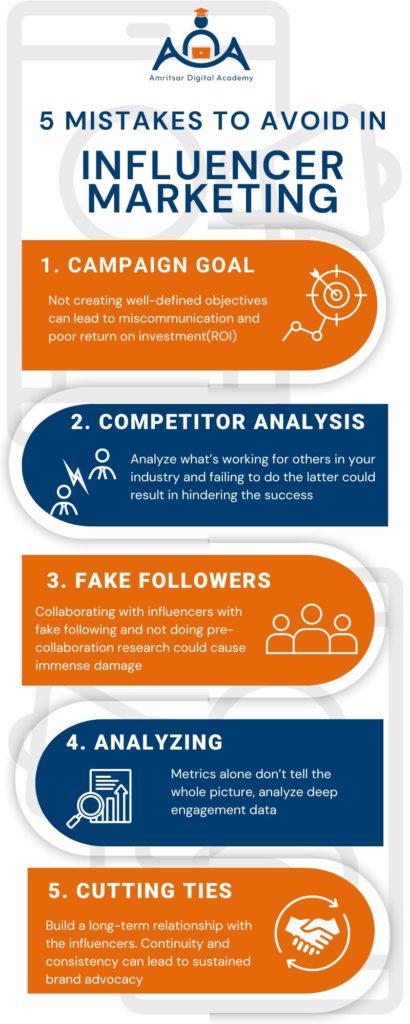
The success rate of a powerful marketing strategy could be lowered by some very common mistakes. These could be as basic as choosing inauthentic influence or not having a definite plan in place.
Finalizing the wrong contract terms, and not documenting the plan properly also add to the same list. To bring a win for the campaign, the above mistakes should be avoided at all costs.
Frequently Asked Questions:
Why is developing a strategy important during influencer marketing?
A documented strategy provides clarity, direction, accountability, and efficiency. It sets a clear and specific criterion as to what is to be done and when. Strategy also provides a plan for risk mitigation which further helps in reducing last-minute surprises.
How can brands measure the Return on Investments (ROI) of influencer marketing campaigns?
Brands can use promo codes to track conversions and purchases. Measuring sales, referrals, and tracking visits could also help in analyzing the return on investments. Thus, a brand can track qualitative and quantitative data to get a clear picture of the success of the campaigns.
Which social media platform is best for Influencer Marketing?
Choosing the best platform largely depends upon the budget, target audience, and campaign goals. Having said that, Instagram and YouTube are among the trending platforms for influencer marketing today.
What are the emerging trends in influencer marketing that brands should be aware of?
Brands should always be on the lookout for what’s trending in the market. Some of the emerging trends of today that brands should be aware of are:
a) Affiliate Marketing: Paying a commission for referring the product to customers.
b) Live shopping experience: Engaging with influencers who give a real-time shopping experience to the audience and give honest reviews about their product. This helps in building trust and driving sales.
c) Artificial Intelligence: Using AI tools to optimize the content and enhance the campaign performance.

